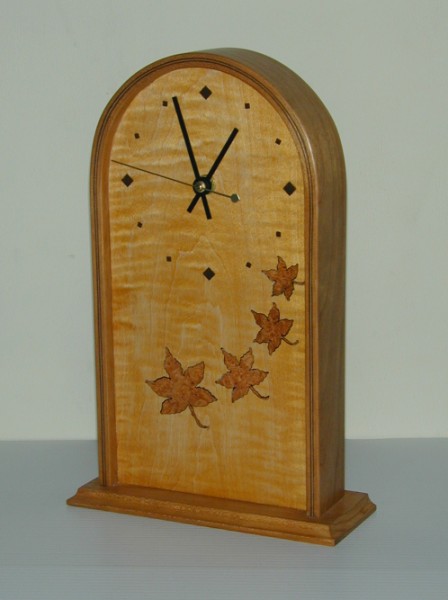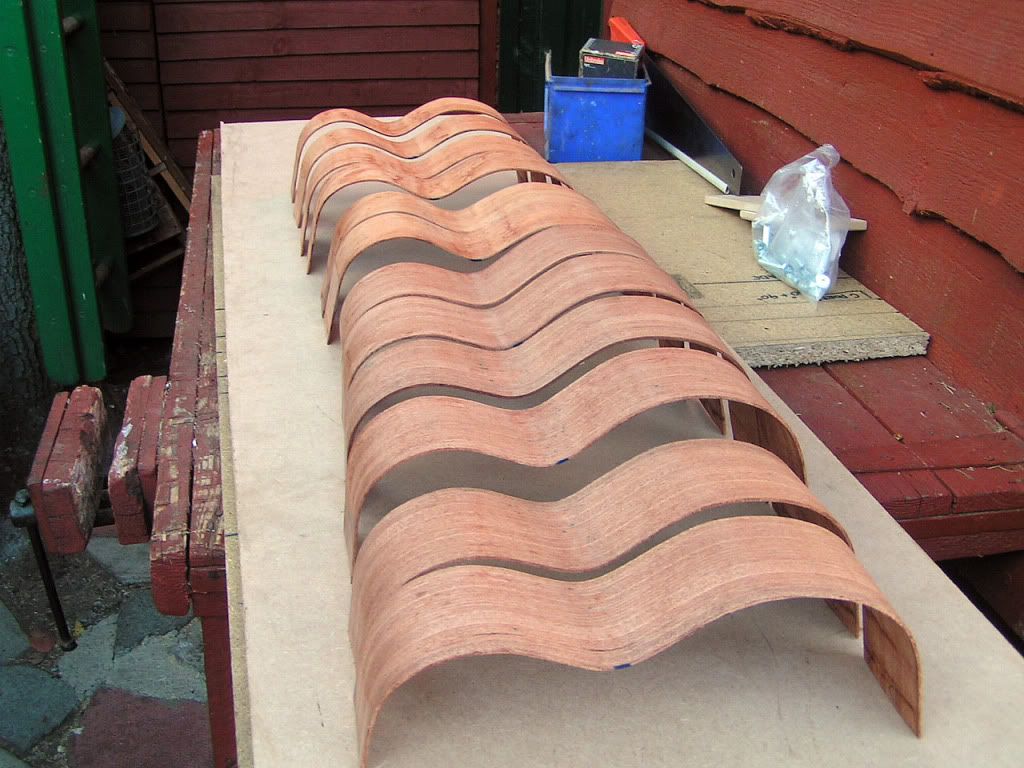Hi, a bit late to drop in on this discussion, Just a few things I wanted to add.
I have been making the stick dulcimers off and on for 10 years, I promoted them for a few years when I had a shop in a craft centre in the Forest of dean but I am mainly making "early music instruments" to commission these days.(also I play the uke more now...) I always use my guitar Bending iron to bend ribs, though when I was a student I did bend my first ukulele sides with an adapted soldering iron and copper tubing based on the idea from in George Buchanan's book on violin making.
The easy bottle method I presented as part of my stick dulcimer making series is itself based on Irving Sloanes side soaking vat idea from his book on classical guitar making. It takes a few days to dry sufficiently to glue on the linings so it is far from a production method, but a nice thing if you have no bending tools or experience(but ppplease see my note to pre-warm the jar though.......I always did this without thinking...but it took a year for a youtuber to remind me...)
I would never use this method for the tight bends on a soprano uke, but as Pete said a pineapple might be fine. The hard part is getting the piece in the jig as soon as it comes out. In the video you can see what boiling water does to the timber, the colour is leached out a little, not a problem really on cherry or black walnut as RonS said, but please don't use a lovely air dried set of volcanic grown Koa!!!


